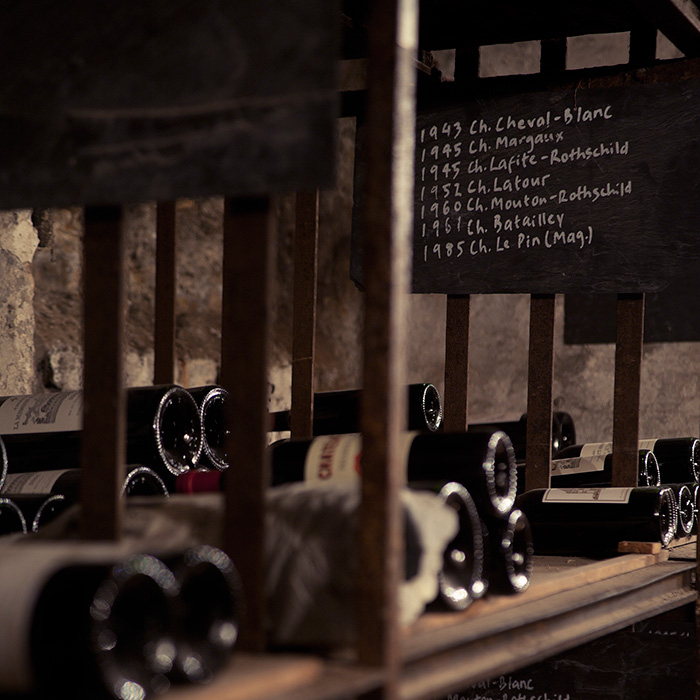How to choose wine for your cellar
Author: Berry Bros. & Rudd

Photograph: Joakim Blockstrom
WHICH WINES ARE SUITABLE FOR CELLARING?
The majority of wines produced today are made to be drunk immediately and are not capable of maturing. Good-quality wine made to mature in bottle is suitable for cellaring, where its tannins soften, fruit develops and balance changes over time. The period of time depends on the wine in question, and can be anything from several months to many years. In each case it is a finite period, after which a wine no longer improves but reaches a plateau of maturity. Eventually it will slowly decline in quality.
CHOOSING WINES FOR YOUR CELLAR
First of all you should buy what you like to drink. There’s no point in nurturing a Vintage Port for decades if you don’t like Port! Then you need to consider a number of factors before taking the plunge:
- Vintages: It’s best not to stick to one vintage, otherwise you might find your cellar lacks the variety afforded by different years. Also, different vintages age at different rates, which will safeguard against the entire contents of your cellar becoming ready to drink at the same time.
- Grape Varieties: The classic red grapes that age best are Cabernet Sauvignon, Merlot, Pinot Noir, Syrah and Nebbiolo. Whites include Chardonnay, Riesling and Sémillon.
- Regions: Top French regions like Bordeaux, Burgundy, Rhône, Alsace, Champagne and Loire. Apart from Port, the best areas in the rest of Europe include Ribero del Duero and Rioja in Spain, and Piedmont and Tuscany in Italy, not forgetting the best German Rieslings. From the New World, the Californian and Australian greats also age gracefully.
Find out more about buying wine for future drinking on bbr.com.


